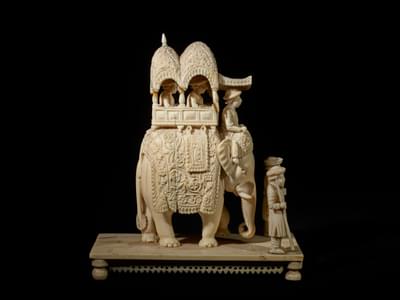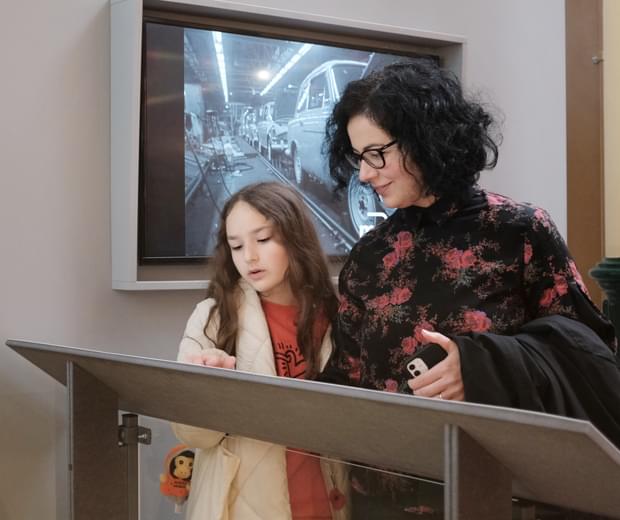New gallery exploring the roots and routes of the city’s collections opening at Birmingham Museum & Art Gallery
Stories 9 May 2025News Story
The Elephant in the Room: The Roots and Routes of the City’s Collections explores Birmingham’s global history
Artefacts include the Sultanganj Buddha, an Inuit kayak and mummified animals
The gallery aims to encourage reflection on topics such as empire, colonialism, repatriation and the display of human remains.

A new gallery which explores how artefacts from around the world came to be part of Birmingham Museums’ collections opens at Birmingham Museum & Art Gallery on Saturday 10 May 2025.
'The Elephant in the Room: The Roots and Routes of the City’s Collections' brings together objects from across the city’s collections, spanning natural science to art, focusing on their cultural roots and how they came to be in Birmingham.
Items in the gallery include the Sultanganj Buddha, one of the most significant early bronze statues from India which was discovered during the building of the Indian railway, a 22-foot-long Inuit kayak and mummified animals.
These and other objects raise questions about how museums have collected, displayed and interpreted cultural heritage over time.
Responding directly to feedback from visitors that they want to better understand the origins of Birmingham’s remarkable collections of nearly one million objects, the display explores how Birmingham’s global history and its role in the British Empire have informed what and how objects have come to the museum and what they mean for people in the city today, as well as in their countries of origin.
It also aims to encourage reflection on some of the wider issues facing museums today, including topics such as empire, colonialism, repatriation and the display of human remains.
Zak Mensah and Sara Wajid, co-chief executives of Birmingham Museums Trust, said:
“Museums have in the past tended to overlook stories involving histories of empire and conflict. They’ve been ‘the elephant in the room’ – something that’s too big to hide but is ignored because it seems too complicated or uncomfortable to deal with.
“By confronting these questions, this display aims to ‘shrink the elephant’ by acknowledging the impact of the British Empire on Birmingham’s museums, facing complex topics with curiosity, treating these stories with sensitivity and respect and having an open and ongoing conversation with audiences about how we should care for and display these objects in the future.”
Birmingham Museum & Art Gallery is open to the public from Wednesday to Sunday between 10.00 am and 5.00 pm. Admission is free to the main galleries and no prior booking is required.

Birmingham Museum & Art Gallery
Find out more about visiting, including current displays and events.